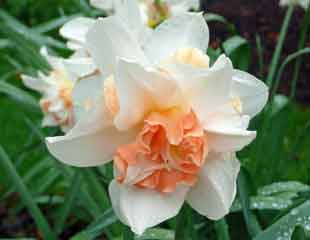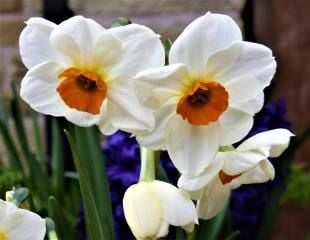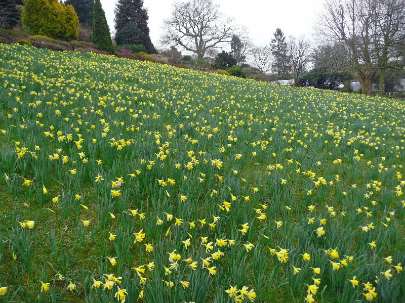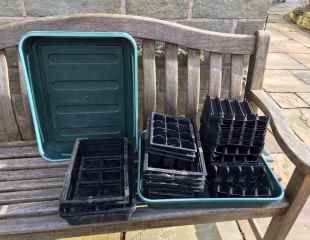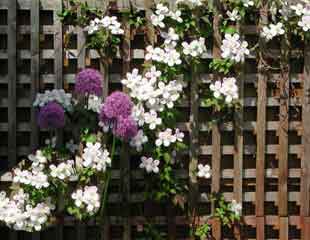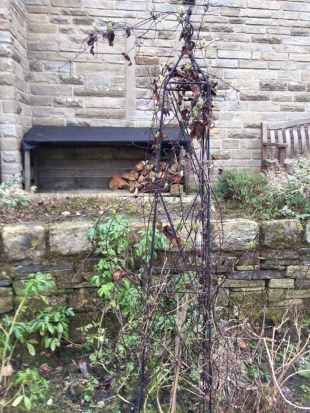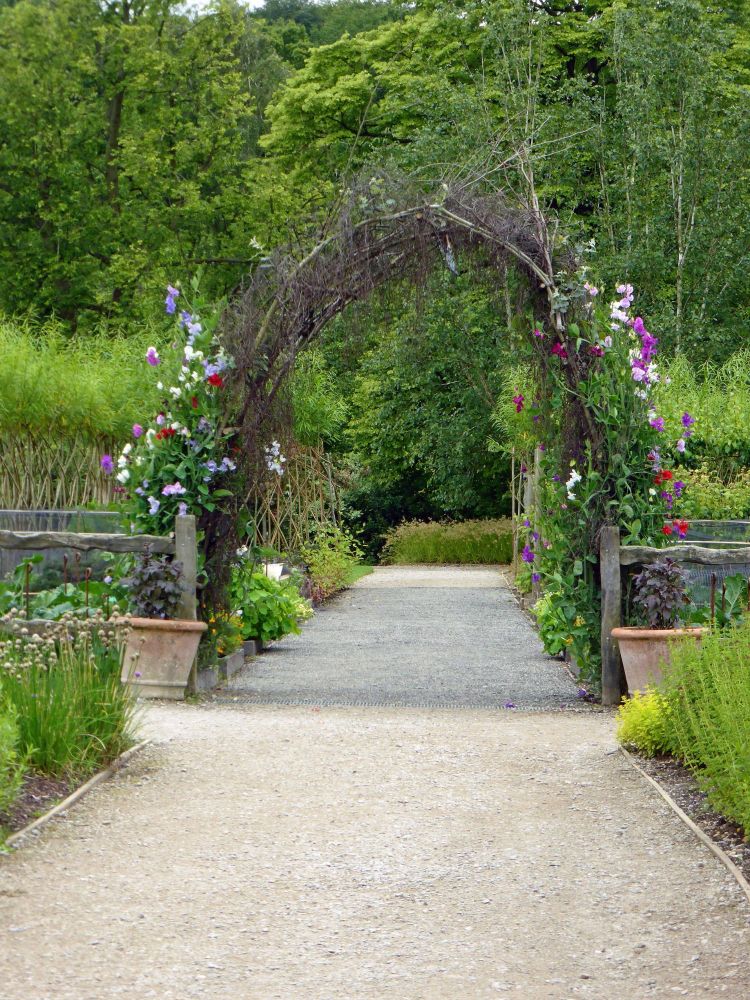Is it too early to plant out bedding plants?
Posted on
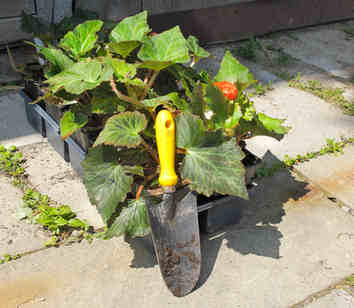 |
Just a few tips around the perennial question of when to plant out bedding: not yet. This question comes up regularly and the important point is that almost all bedding plants are tender, which means not frost hardy. But there is more, it is not just frost, most bedding plants do not like cold and if planted out in a chilly spell it can set them back, slow down their growth, and a prolonged cold spell may cause the leaves to discolour. Its testing, but time to wait. As a general rule of thumb most parts of the country are frost free by the end of May but still check out the forecast and if temperatures are low, keep the bedding plants tucked up warm. Our weather has become very variable, one week it's unseasonably warm, another week the east wind bites. We can still have an unexpected late frost, and if so you need to cover the bedding plants, if you can, to protect them. Predicting the weather is not easy but as gardeners we must do our best! More tips about growing bedding plants Which are the best bedding plants to grow?
|

